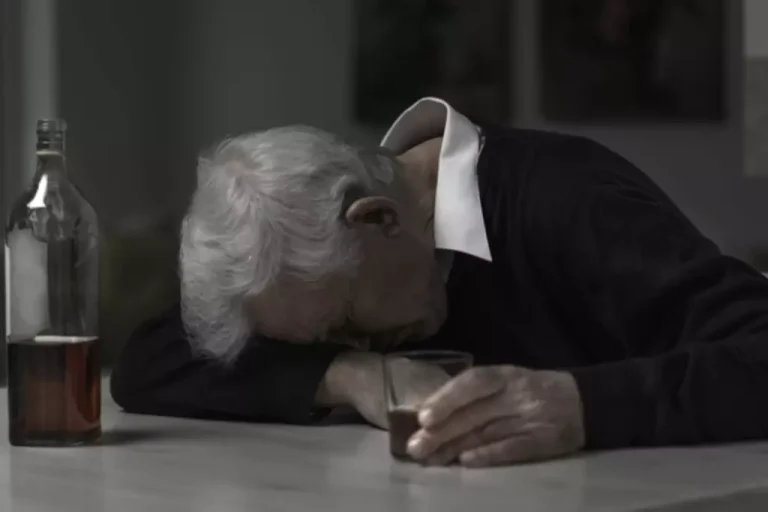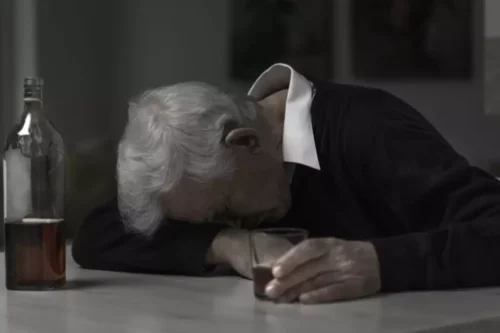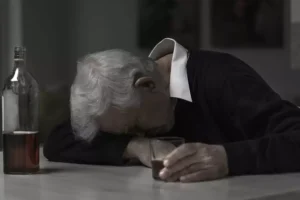
Physiological changes in pregnancy often lead to unpredictable variations in the pharmacokinetics of drugs, making most medications and psychoactive substances risky. Despite this knowledge, global prevalence of substance use among pregnant women is about 6%, maximal among young pregnant women (18.3% among pregnant women aged 15–17 years). Pregnant women with intoxication present a challenging situation for the emergency department, as both the mother and the fetus are in need of medical attention, and medications need to be used with great caution. General considerations for management of an intoxicated pregnant woman in the emergency setting are presented in Table 7.

Support links
These include tachycardia, tachypnea, increased blood pressure, dry mouth, nystagmus, increased appetite, and, rarely, precipitation of arrhythmias, angina, or myocardial infarction. Rarely, deep inhalation or breath holding may lead to pneumomediastinum or pneumothorax. Marked perceptual and mental status changes can be observed in cases of cannabis intoxication. These can include alteration in perception of time, with the perceived time being faster than clock time.

Alcohol Poisoning Diagnosis
Often, compromised renal function causes reduced elimination of drugs from the systemic circulation. These factors lead to development of intoxication at relatively lower doses of the substances. Some prescription medications sometimes have a high risk of dependence (opioids and benzodiazepines). One may need to differentiate from symptoms of frailty syndrome, which manifests as memory problems, incontinence, falls, and limitations of functioning. Because toxic alcohol poisoning may cause potentially irreversible damage in a time-dependent fashion, prompt diagnosis and treatment are crucial (2).
- Leah has worked in several treatment settings, including inpatient, outpatient, and in-home therapy, both as a therapist and a clinical supervisor.
- When testing physicians’ ability to detect SF by this method, a 2001 study by Wallace et al showed a mean sensitivity, specificity, and accuracy for detecting the presence of SF in urine to be 35%, 75%, and 48% respectively (18).
- There may be motor incoordination and impaired attention and concentration.
- There are some differential diagnoses that may be considered in patients who present with features of opioid dependence.
- Three medications are currently approved in the United States to help people stop or reduce their drinking and prevent a return to drinking.
- Their motor responses and gag reflexes are nonfunctional, and their body temperature drops.
Alcohol Poisoning Causes

There may be legal concerns with the consumption of certain substances considered illegal under the Narcotic Drugs and Psychotropic Substances Act, 1985. This may make patients hesitant to disclose use of some of the substances; for example, heroin. Treating psychiatrists might also be apprehensive about documentation. However, it should be reiterated that clinicians can help patients better if they are able to get a reliable history of the patient. Thus, it would be preferable to gather detailed information and document suitably while ensuring confidentiality of the treatment records and providing reassurance about this to the patient.
We also do not go into details of intoxication presenting with additional psychiatric and/or medical illnesses and each such case is likely to be unique with its own specific constraints and challenges in management. Substance intoxication is often a reason for seeking emergency care. Some substance intoxications (like opioid, alcohol, or benzodiazepine intoxications) can be life-threatening. A certain degree of clinical suspicion is required to identify substance intoxication, especially when the patient is not spontaneously forthcoming with information. Substance intoxication needs to be managed based on the type(s) of substance(s) consumed, current medical and psychiatric status of the patient, history available and examination findings, and available resources.
- Alcohol, benzodiazepines, and cannabis are common substances used in combination with other psychoactive substances.
- All authors passed four criteria for authorship contribution based on recommendations of the International Committee of Medical Journal Editors.
- Alcohol acts as a diuretic; thus, patients with signs of dehydration (dry lips and mucosae and poor urine output) may be provided with intravenous fluids.
- Other kinds of alcohol that you might have around the house, such as isopropyl alcohol (rubbing alcohol) and methanol (wood alcohol), are toxic in a different way.
Gastric decontamination is rarely necessary for any of the alcohols. An exception to this may be a patient who presents immediately after ingestion of a toxic alcohol in whom one might reasonably expect to be able to recover a significant amount of the toxin via aspiration through a nasogastric tube. Primary care and mental health providers can provide effective AUD treatment by combining new medications with brief counseling visits. Your provider may also be able to suggest an online self-guided program. Such e-health tools have been shown to help people overcome alcohol problems. Your health care provider can help you evaluate the pros and cons of each treatment setting.
- Combined with treatment led by health care providers, mutual-support groups can offer a valuable added layer of support.
- Therefore, abdominal pain, hemorrhagic gastritis, and vomiting can be observed.
- There are cases of EG poisonings from ethanol substitution, suicide attempts, and accidental ingestions (2, 15).
- Attempts should be made to assess the consumption of cannabis products prior to occurrence of such symptoms.
- EG is first metabolized by ADH to glycoaldehyde, then to glycolic acid and oxalic acid by aldehyde dehydrogenase.
National Institute on Alcohol Abuse and Alcoholism (NIAAA)

Thus, a clinician needs to be open to the idea of multiple substance consumption in a patient with substance intoxication. Patients with intoxication with a substance of abuse present several challenges during assessment and management Figure 1. One of the foremost concerns is the potential unreliability of history. Patients with substance intoxication may give inaccurate or unreliable history. Thus, multiple sources of information can be referred to obtain a more comprehensive account of the patient’s condition.
- In fact, the smaller-bodied person may experience an alcohol overdose after drinking the same amount that a larger-bodied person can consume safely.
- AUD is characterized by an impaired ability to stop or control alcohol use despite adverse social, occupational, or health consequences.
- If you have other health conditions, such as diabetes, you may be at greater risk for having an alcohol overdose.
Risk Factors for Alcohol Poisoning

Studies show that strong family support through family therapy increases the chances of maintaining abstinence (not drinking) compared with people going to individual counseling. When asked how alcohol overdose alcohol problems are treated, people commonly think of 12-step programs or 28-day inpatient treatment centers but may have difficulty naming other options. In fact, there are many treatment options available thanks to significant advances in medical and behavioral research over the past decades. It’s also important to remember that BAC can continue to increase as long as 40 minutes after your last drink. Therefore, if you’ve consumed a lot of alcohol, you could still be at risk for alcohol poisoning even if you’ve stopped drinking.
Specifically, it slows areas of your brain that are responsible for basic life functions. This includes breathing, heart rate, body temperature, and gag reflex, which prevents you from choking. Alcohol poisoning happens when there’s too much alcohol in your blood, and parts of your brain shut down. It’s caused usually by binge drinking and can lead to death or brain damage. If you see signs of alcohol poisoning, such as throwing up, seizures, slow breathing, or severe confusion, don’t hesitate to call 911. Alcohol in the form of ethanol, also called ethyl alcohol, is in alcoholic beverages.
